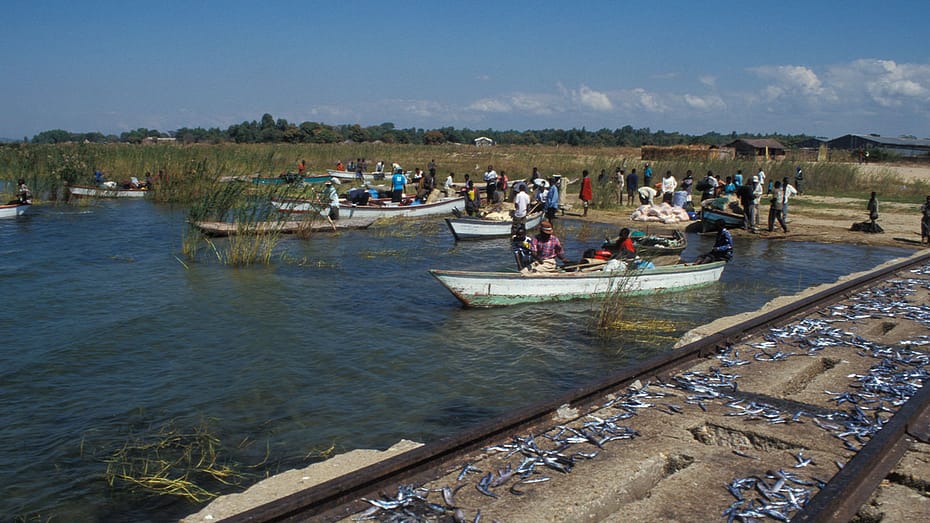Expanding knowledge horizons in community conservation
Collecting, collating and analysing data for the purposes of adaptive management and transparent reporting to external stakeholders is one of the hallmarks of community-based natural resource management (CBNRM). Namibia’s CBNRM programme has led the way in this regard through the Event Book system, but several other countries are developing similar or better systems. Knowledge generation and management is thus a high priority for communities and governments engaged in CBNRM.
At Resource Africa, we assist communities across southern Africa to develop their own data collection and management systems to monitor their progress at local and national levels. However, we are inspired by the Community Conservation Horizon Scan to imagine what could happen if CBNRM expands its horizons in terms of research and knowledge generation.

What if community-based organisations (CBOs) functioned as repositories for both quantitative data and Traditional Ecological Knowledge (TEK) that both contribute to adaptive management? What if CBOs drove the research agenda in their territories and worked alongside external researchers instead of being solely subjects of research? What if communities could provide feedback by reviewing the research conducted on their lands?
If these goals are achieved, we think that the CBNRM programme will grow immeasurably in local and international value. Local communities will be more fully engaged in CBNRM if their knowledge and ideas are taken on board, while serving as a model for countering the global problem of ‘parachute science’ (in short: external researchers doing their research with little or no regard for local research priorities and without giving sufficient feedback on the results of their studies to local people).
The question is how do we get to this desired state where local CBOs become centres of knowledge and exploration? Although we are taking the first steps in this long journey already, it is important that we develop a conceptual map of how to proceed from here in order to reach our desired destination.
Setting up data collection and management systems is a critical first step that improves monitoring and evaluation in ways that can be scaled up to national or ecosystem levels. The next step is to start analysing and presenting data at the local level. CBO managers or office administrators can be trained to use spreadsheets to create graphs and maps as conversation starters during community meetings. Feedback from the broader community could include questions that the current data don’t answer, thus potentially expanding or improving data collection.

Resource Africa is also assisting communities create their own Bio-cultural Community Protocols (BCPs). A BCP documents the community’s traditional knowledge and practices, and their rights according to international, national and customary laws. The BCP uses these practices and rights to establish regulations for external stakeholders to access and use their knowledge and respect their rights. BCPs may be used to assert the rights of a community to benefit from any commercial uses of their resources or traditional knowledge under the UN Convention of Biological Diversity’s Access and Benefit Sharing framework.
A possible next step after creating a high level BCP is to articulate a research agenda that is based on current TEK and aims to expand or refine that existing knowledge. Presenting this research agenda to potential research partners would ensure that communities are part of the research process from the initial planning stages. Local universities could use these research BCPs as ideas for student projects or even long-term research programmes. Researchers wanting to tackle topics that are not included in the research BCPs should present their proposals to relevant community leaders before their research goes ahead. This goes beyond the current practice of asking permission to work in an area (important as this is) and towards shaping the research agenda according to local needs.
The final step of any research effort is publication. It should go without saying that scientific articles that were co-produced by researchers and communities should be correctly credited. Such collaborative efforts should not limit the dissemination of their knowledge to academic literature, however. Creative and culturally appropriate ways of scientific communication are needed to showcase research results to the wider communities, thus providing an opportunity for community peer review. For example, results could be shared as a story or in a theatrical play that brings research to life. Feedback from communities can be used to improve interpretation of the study’s results, be incorporated into future research questions, or both.
Bringing science and communities closer together has multiple possible benefits. First, it will improve the usefulness of science for the local communities. This will reduce survey fatigue, as people become more involved in the scientific process and gain real value from the insights produced. Second, it provides an opportunity for TEK to play a more prominent role in guiding scientific exploration. TEK holders thus become research partners that bring new perspectives and ideas to the table.
Third, the next generation could be inspired to maintain the TEK of their own communities, and/or use the basic training they receive to pave the way for potential career opportunities in science. Finally, communicating research results using ‘traditional’ graphs and charts or more creative storytelling options should open two-way communication pathways that will improve both research and practice.



